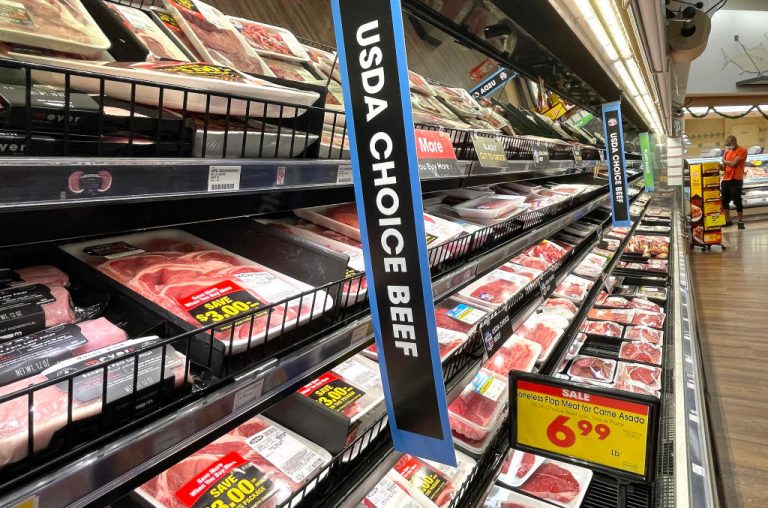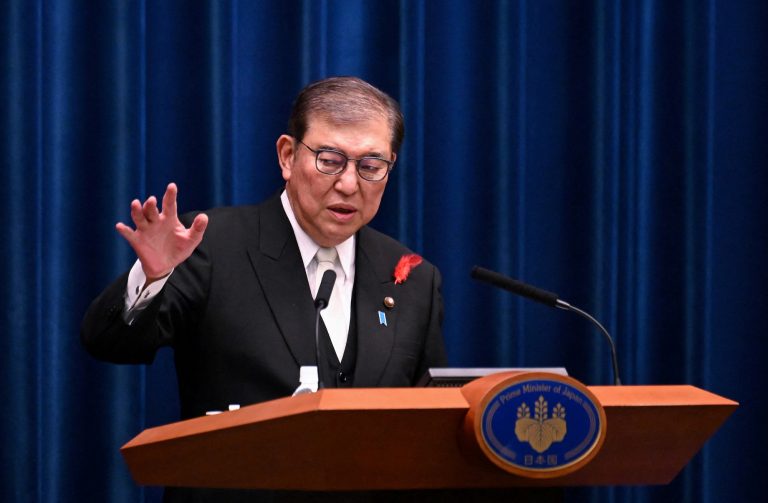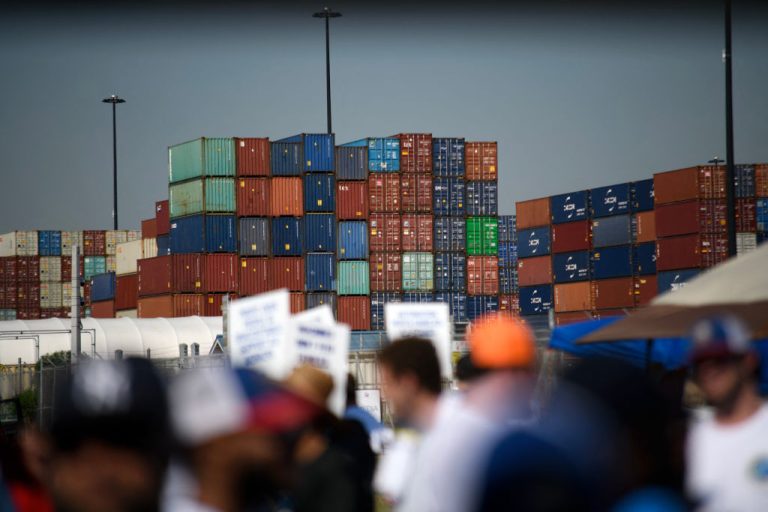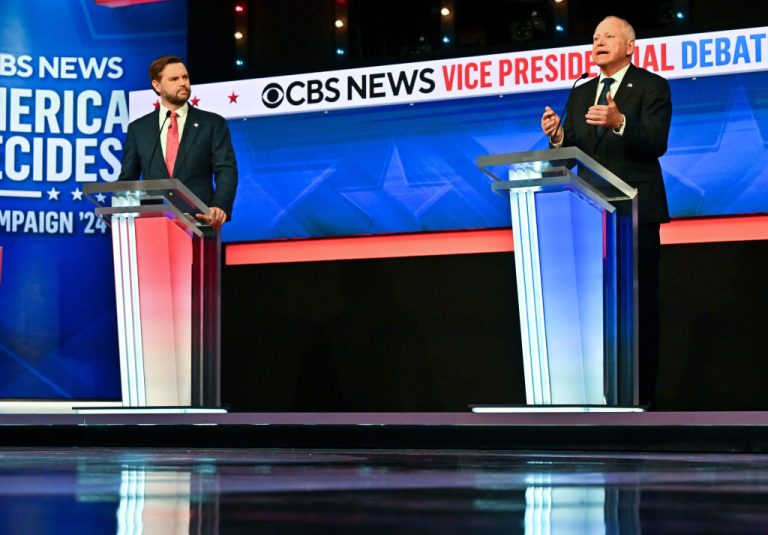The COVID-19 pandemic and the problems it has created, like the supply chain crisis, has raised the prices of goods. In October, the annual rate of inflation in the United States rose by 6.2 percent, which is the highest in over 30 years. While most people are aware that America is currently experiencing inflation, what many don’t realize is that the country is also being affected by shadow inflation.
The difference between inflation and shadow inflation is in how easily perceptible it is. When you pay 10 cents more for a pack of chips compared to two months back, you know it is the effect of inflation. In contrast, shadow inflation is somewhat hidden.
Shadow inflation refers to a situation where the prices of goods or services remain the same, but the quality or some other attribute has degraded or been compromised.
In an interview with WKRG, Daniil Manaenkov, an economics researcher at the University of Michigan, gives the example of a hotel to explain shadow inflation.
Imagine visiting a hotel that you have visited multiple times in the past. You might notice small changes in how the hotel operates. An individual who used to greet you at arrival is no longer present; there might be fewer employees to cater to your requests; the breakfast offered by the hotel may have limited options; daily room cleaning might not exist anymore; and 24×7 gym access might now require you to book a time slot.
Success
You are now signed up for our newsletter
Success
Check your email to complete sign up
Even though you are paying the same money that you previously used to, the quality of service has gone down and you get access to fewer amenities. These small changes add up to a sizable cost and they are hard to measure in official inflationary statistics.
“Most of these attributes are not something that our statistical agencies are actively measuring, so it’s not going to show up, but you’ll know personally you’re getting a lesser quality service,” Manaenkov said.
According to Black Box Intelligence, customer sentiment on restaurant cleanliness declined by 4.2 percent this year. More customers are complaining about receiving wrong orders. American data analytics and consumer intelligence company J D Power estimates that only 57 percent of customers got a response from customer service within five minutes of contact, which is down from 68 percent back in 2018.
“Usually when there is a disaster, if you’re a macroeconomist it’s a blip on the radar screen… But we’re talking a different kettle of fish with the Covid shock, and the economic implications and costs have become much more challenging to measure than in the past,” Carol Corrado told the NYT. Corrado is a principal research fellow at the Conference Board who has researched inflation measurements.
The shortage of labor is said to be a major driver for companies deciding to raise prices (normal inflation) or reduce the quality of products and services (shadow inflation). Some estimates calculate the labor shortage at seven million people. With fewer employees available, businesses have an overburdened workforce and the quality of service inevitably suffers.
In an interview with Yahoo News, Alan Cole, former staff for Congress’ Joint Economic Committee and policy director at Full Stack Economics, stated that adding in shadow inflation would raise the inflation estimates made by the Bureau of Labor.
“When it comes to how inflation is doing over 2020 to 2021, I would say that inflation was much worse if you fully accounted for all of the quality losses that we suffered during the pandemic… But if the pandemic goes away and hotels and airlines get down their hold time, start doing things like offering fresh towels again and offering room touch-ups, then I would say that that’s a shadow deflation,” Cole stated.







